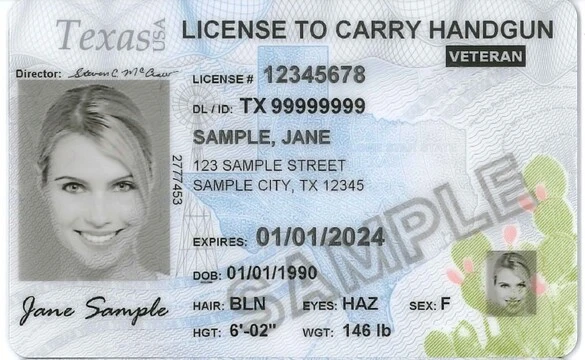The recent incident at a high school track meet in Frisco, Texas, has left many wondering about the intricacies of self-defense law in our state. 17-year-old Carmelo Anthony was charged with first-degree murder after allegedly stabbing Austin Metcalf to death during a confrontation. As we look into this case, it's essential to separate fact from fiction and examine the self-defense claims presented.
Good Self-Defense Facts: A Hazy Picture
Anthony's defense team has alleged that he acted in self-defense when Metcalf approached him and his brother in their tent. Anthony claimed that he was shoved by Metcalf and feared for his life, leading to the fatal stabbing. While it appears that Anthony did not initiate the physical confrontation, his actions in response are questionable.
Bad Self-Defense Facts: A Troubling Pattern
Several factors weigh heavily against Anthony's self-defense claim:
- The use of deadly force was disproportionate to the threat posed by Metcalf.
- There is no indication that Anthony believed he was in imminent danger, as required for a valid self-defense claim.
- Anthony's possession of a knife on school grounds raises concerns about his intentions and judgment.
- His statements to police, particularly asking if his actions could be considered self-defense, may undermine his credibility.
Social Media Posts: A Potential Minefield
The emergence of social media posts showing Anthony waving firearms and threateningly posing with them has raised questions about their admissibility in court. While the judge will ultimately decide, these images could significantly impact the jury's perception of Anthony's character and intentions.
Evaluating Self-Defense Claims: The Five Key Factors
When assessing self-defense claims, courts consider five essential factors:
- Innocence: Did the defendant initiate the confrontation or escalate it?
- Imminence: Was there a genuine threat to the defendant's safety that required immediate action?
- Proportionality: Was the force used in response to the threat proportionate to the danger posed?
- Reasonableness: Would an ordinary and prudent person have reacted in the same manner under similar circumstances?
- Avoidance: Was there a reasonable, safe alternative to using deadly force?
In this case, Anthony's actions fail to meet these criteria, making his self-defense claim increasingly dubious.
Conclusion
The Anthony v Metcalf case serves as a poignant reminder of the complexities surrounding self-defense law in Texas. While it is still early in the proceedings, the evidence suggests that Anthony's chances of prevailing on a self-defense claim are slim. As we continue to follow this tragic incident, one thing is clear: the line between good and bad self-defense facts can be blurred, and the consequences of missteps can be devastating.




